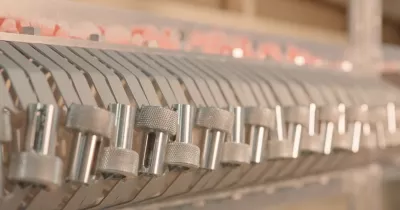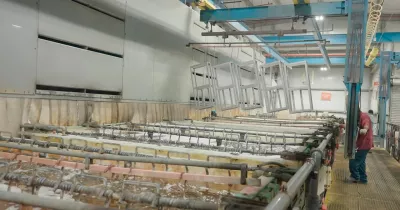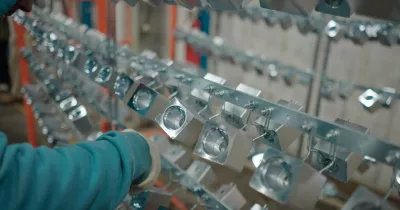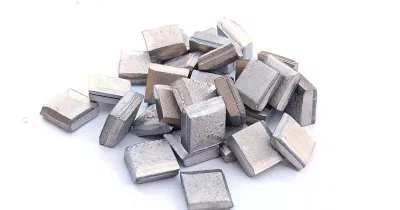Water Recycling Solutions for Sustainable Electroplating Operations
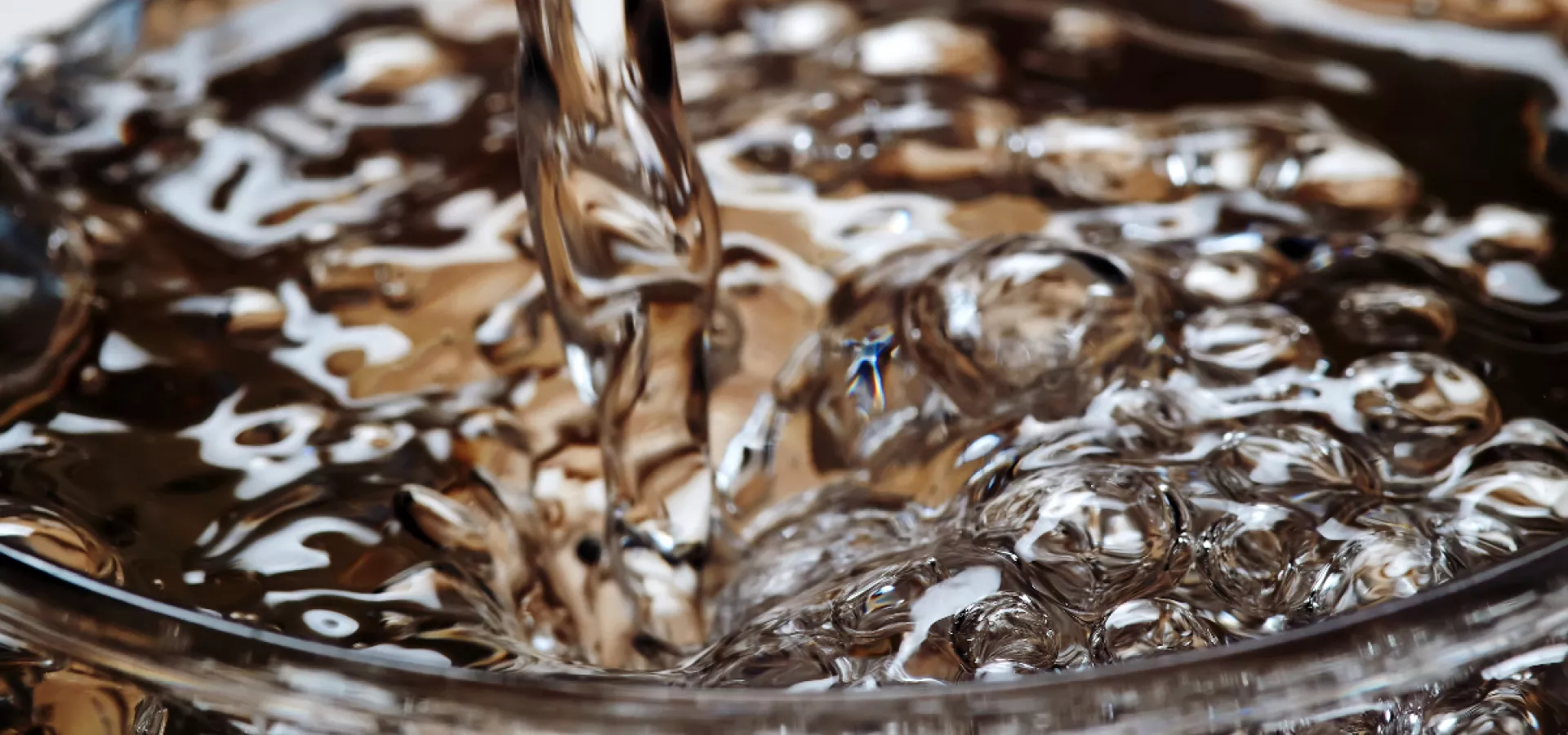
July 25, 2025
July 25, 2025
In today’s push for greener manufacturing, electroplating finds itself at a crossroads. The process—depositing a thin metallic layer onto parts for corrosion resistance, conductivity or aesthetics—is indispensable to automotive, aerospace and electronics supply chains. Yet it is also notoriously water-intensive and generates wastewater laced with toxic chemicals and heavy metals.
As regulations tighten and customers demand responsible practices, forward-thinking shops are embracing water-recycling strategies that cut costs, meet compliance targets and shrink their environmental footprint.
Why Water Recycling Is Essential in Electroplating
Cost savings: Reusing rinse water slashes incoming-water purchases and reduces the chemicals needed to treat wastewater.
Regulatory compliance: Cleaner effluent keeps you ahead of discharge-permit limits and avoids fines.
Resource efficiency: Recovering both metals and water lowers raw-material use and supply-chain risk.
Sustainability: Lower water withdrawal and pollution directly support corporate ESG goals and strengthen brand reputation.
Water Reduction Across the Plating Line
Let’s take a closer look at how targeted chemistry helps reduce water demand in each major stage of the plating process:
Pre-Plate Stage
In the cleaning and activation stage, aggressive acids and heavy-duty degreasers often require intense rinsing and generate large volumes of corrosive wastewater. PAVCO’s PavPrep™, Clean-R™, and PavHib™ are designed to:
Optimize cleaning at lower concentrations
Minimize foam and carryover
Extend acid bath life
Reduce rinse-water pH extremes
With fewer rinses and more stable baths, you significantly lower both water use and treatment demand.
Plating Stage
Plating baths are the heart of the operation—and often the largest contributors to water contamination through drag-out. PAVCO’s HyPro™, SmartZinc™ Premier, and other alloy-based systems improve plating efficiency in several ways:
Higher covering power: Better metal distribution means less overplating and fewer touch-ups or rework cycles.
Lower drag-out potential: Optimized viscosity and additives improve drainage, keeping plating solution in the bath, not in the rinse.
Less frequent dumps: Our formulations maintain stability longer, reducing bath replacement frequency and related water usage for makeup and cleaning.
When the bath stays in balance, rinse systems stay cleaner and demand less intervention.
Post-Plate Stage
Passivation and sealing are often the final steps before drying and packaging—but they can introduce problematic chemicals if outdated formulations are used. PAVCO’s HyProBlue™, HyProBlack™, and HyProCoat™ product families offer:
Trivalent chromium systems that avoid hexavalent waste streams
Low-VOC coatings that reduce air and water contamination
Fast-drying, low-residue finishes that reduce rinse water needs
These chemistries simplify rinsing, cut water cycles, and reduce sludge generation from treatment tanks.
Core Recycling Technologies
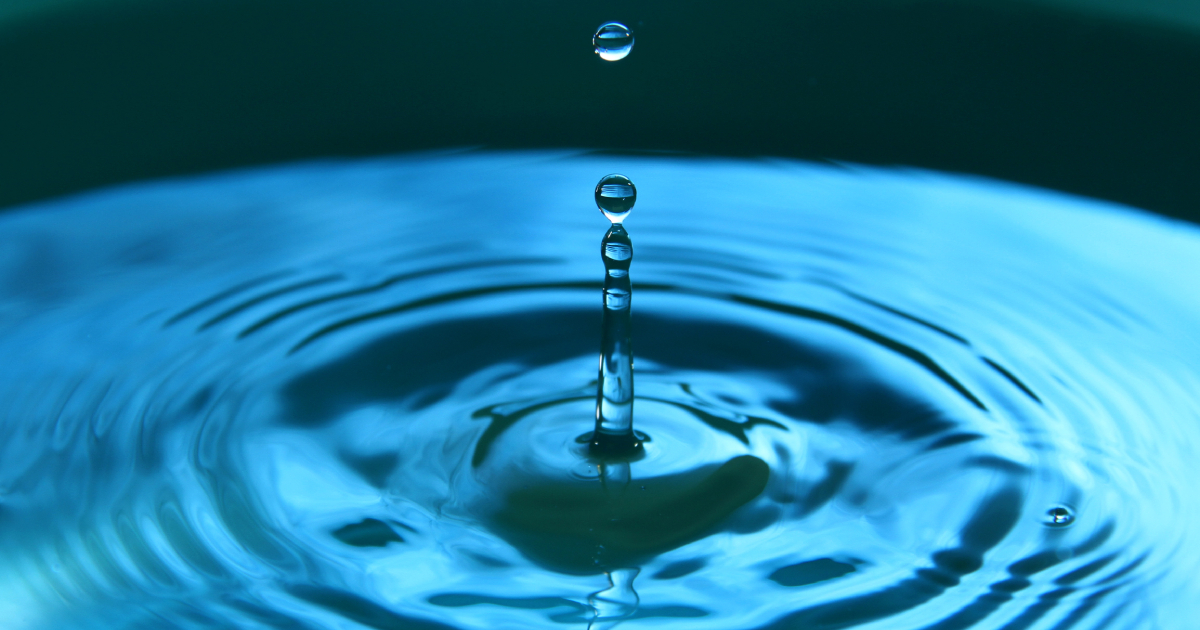
1. Closed-Loop Water-Management Systems
Capture, filter and return rinse water to the line. A properly sized loop can cut fresh-water demand by up to 90 %, paying back in months for high-volume lines.
2. Membrane Filtration & Reverse Osmosis
Ultra- and nano-filtration membranes remove particulates, oils and most dissolved ions. Reverse osmosis polishes the stream to near-deionized quality, letting it cycle back into plating baths or final rinses.
3. Ion-Exchange Resins & Electrodialysis
Selective resins or electrically driven membranes strip out specific heavy-metal ions (Cu²⁺, Ni²⁺, Cr³⁺) for recovery. Regenerating the media yields concentrated metal solutions that can be recycled or sold.
4. Evaporation–Condensation Systems
Thermal or vacuum evaporators concentrate waste streams; the condensed distillate is clean enough for rinse tanks, while the small residual sludge is handled as hazardous waste.
5. Bioaugmentation (Emerging)
Engineered or naturally robust microbes metabolize organics and immobilize metals, boosting biodegradability and opening a path to resource recovery.
Challenges to Address
Capital outlay: Up-front investment can be significant. Prioritize the highest-ROI equipment first—often closed-loop rinses—and explore grants or green-financing options.
Maintenance demands: Membranes and resins need regular cleaning or replacement. Sensor-driven preventive maintenance and operator training keep systems running smoothly.
Quality monitoring: Real-time conductivity and pH probes, tied to automated alarms and dosing pumps, ensure recycled water stays within spec.
Start with Chemistry, Scale with Systems
Electroplating is evolving—and facilities that thrive in this new landscape will be those that rethink how water is used and valued. While physical water-recycling systems play an important role, the foundation of any successful strategy is chemical optimization.
At PAVCO, we deliver advanced chemistries for pre-treatment, plating, and post-treatment that reduce rinse loads, simplify waste management, and support your sustainability goals from the inside out.
Ready to reduce water consumption without compromising plating performance? Talk to a PAVCO specialist about how our chemistries can help you operate cleaner, leaner, and more competitively.
IT’S HOW YOU FINISH

We’re a developer and supplier of chemistries for the metal finishing industry since 1948.
In PAVCO, we develop products and deliver services of the highest quality at a reasonable cost.
